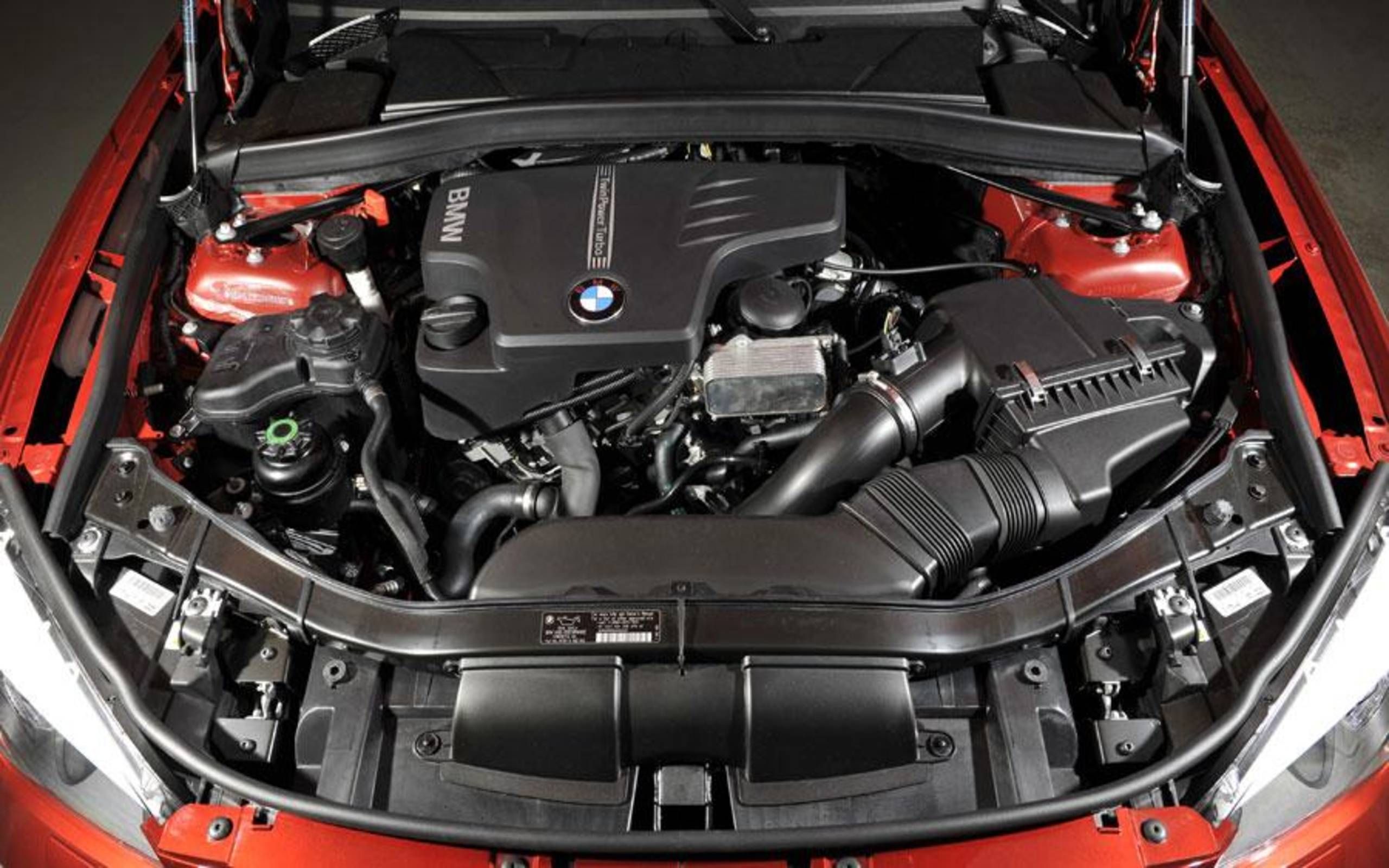The Evolution of the BMW Engine: A Look Back at Iconic Versions
The Evolution of the BMW Engine: A Look Back at Iconic Versions
Blog Article
Discovering the Development of Burning Engines in Modern Transport Systems
As we browse the landscape of modern transportation, the advancement of combustion engines stands as a testimony to human ingenuity and engineering prowess. From their simple beginnings to the sophisticated giants driving automobiles today, burning engines have gone through a remarkable trip of innovation and adaptation. Recognizing the complexities of this evolution not only clarifies the past however likewise leads the way for envisioning what exists in advance in the world of transportation modern technology. The interplay of background, technology, and ecological concerns in shaping the trajectory of combustion engines produces a narrative that is both informative and engaging.
Very Early Beginnings of Combustion Engines
How did the concept of burning engines initial arise in the onset of transport advancement? When the concepts of inner combustion were first checked out, the origins of combustion engines can be mapped back to the 17th century. In 1673, Christian Huygens conceptualized a standard interior combustion engine that used gunpowder to produce power. It wasn't till the late 19th century that sensible applications of burning engines in transport started to arise.
The advancement moment came with the creation of the first effective gasoline-powered engine by Karl Benz in 1885 - bmw engine. This engine paved the method for the development of the contemporary automobile, reinventing transportation systems worldwide. Succeeding advancements by Nikolaus Otto and Gottlieb Daimler additionally refined combustion engine innovation, bring about the automation of automobiles and the rapid development of the transportation sector
These early combustion engines were characterized by their simpleness and effectiveness, laying the structure for the complicated and effective engines made use of in modern transportation systems. The evolution of burning engines has actually been instrumental in forming the method we take a trip and transfer goods, noting a substantial turning point in the history of transportation growth.
Transition to Internal Combustion Modern Technology
The change to internal burning technology noted a critical shift in the development of transportation systems. This shift began in the late 19th century, with innovators like Nikolaus Otto and Gottlieb Daimler developing the initial successful internal combustion engines. These engines reinvented transportation by offering a more effective and efficient option to heavy steam engines and electrical motors.
One of the key advantages of inner combustion engines was their ability to be scaled down to suit vehicles, causing the growth of motorbikes and autos. This change from bulky, stationary engines to small, mobile ones led the way for the contemporary transportation systems we see today.
The shift to internal burning modern technology likewise stimulated advancements in gas technology, causing the advancement of fuel and diesel as key gas sources for cars. This change not only made transportation extra easily accessible to the masses yet also laid the foundation for the oil and gas market to come to be integral to global economic climates.
Effect of Combustion Engines on Transport
The fostering of combustion engines in transportation systems militarized an extensive shift in the effectiveness and rate of global mobility. Combustion engines reinvented transportation by giving a versatile and trustworthy source of power for various cars, special info including vehicles, planes, ships, and vehicles. This technology considerably improved the capability for goods and individuals to conform fars away in shorter timespan, resulting in enhanced connectivity between areas and nations.
Furthermore, the prevalent use burning engines has had a significant influence on economic advancement. The capability to transfer products effectively has actually spurred trade and business, permitting businesses to increase their markets and get to customers worldwide. This has assisted in financial development and globalization, as products can now be moved much faster and in larger amounts than ever in the past.
Nonetheless, the environmental effect of combustion engines can not be overlooked. The combustion of fossil fuels has led to air pollution and greenhouse gas exhausts, adding to climate modification and posturing wellness dangers to populations. bmw engine. Consequently, there is a growing focus on creating alternate propulsion technologies to mitigate these negative impacts and create an extra lasting future for transportation
Developments in Combustion Engine Style
One significant innovation is the advancement of turbocharged engines, which use exhaust gases to drive a turbine that presses incoming air, enabling for more fuel to be scorched, resulting in raised power output without a considerable rise in engine size. Variable valve timing systems have actually also transformed engine layout by optimizing air flow at different engine rates, improving both power and efficiency. These advancements collectively add to the continual renovation of combustion engines in modern transport systems.
Future Trends in Burning Engine Growth
With technology advancements driving constant innovation, the future of combustion engine growth is poised to transform transport systems internationally. Among additional reading the key trends in combustion engine development is the push towards higher effectiveness and lowered discharges. Manufacturers are spending heavily in research study and growth to improve engine performance while fulfilling rigorous environmental guidelines. This includes the combination of innovative fuel shot systems, improved turbocharging techniques, and making use of lightweight materials to maximize fuel intake and reduce carbon discharges.
Another popular pattern is the adoption of hybrid technologies in burning engines. Hybrid engines incorporate traditional combustion innovation with electrical power, supplying boosted gas effectiveness and lower exhausts. As the auto market shifts in the direction of electrification, hybrid combustion engines are seen as a transitional solution that bridges the void in between conventional automobiles and completely electrical ones.
Additionally, the integration of wise innovations, such as synthetic intelligence and data analytics, is expected to play a substantial function in the future of burning engine development. These innovations can optimize engine performance in real-time, causing a lot more reliable combustion procedures and enhanced total vehicle efficiency. Accepting these future trends will not just drive technology in combustion engine development but also add to a much more lasting and environmentally friendly transportation ecological community.

Verdict
In final thought, the evolution of combustion engines in modern transport systems has been noted by considerable innovations in innovation and layout. From the very early starts of burning engines to the transition to interior burning technology, these engines have actually had an extensive effect on transport.
The roots of burning engines can be mapped back to the 17th century when the principles of inner combustion were first discovered. These engines changed transportation by supplying an extra efficient and effective choice to heavy steam engines and electrical motors.

Report this page